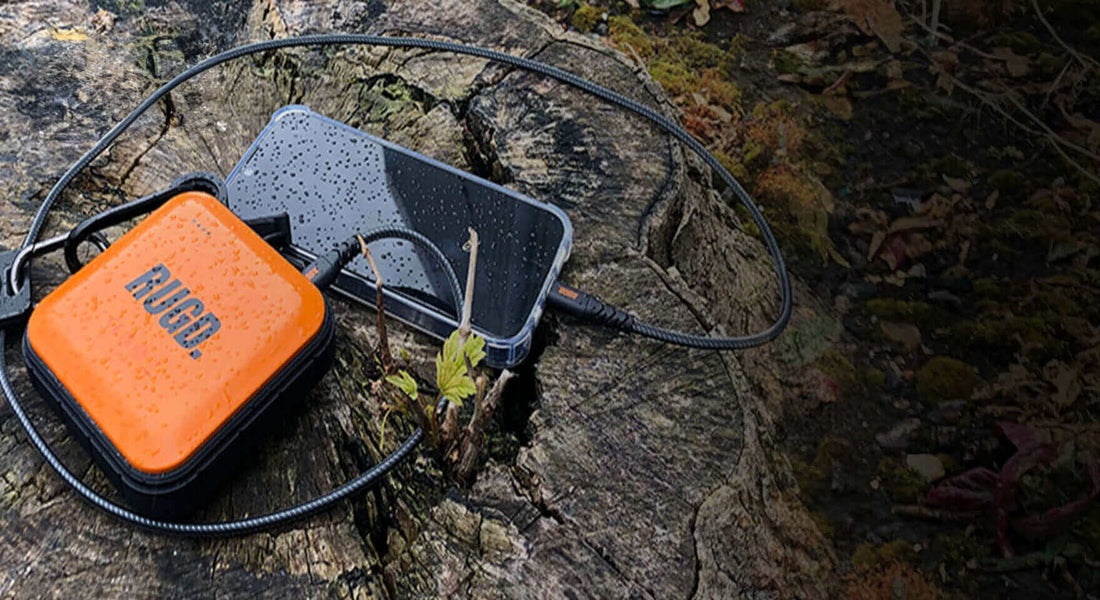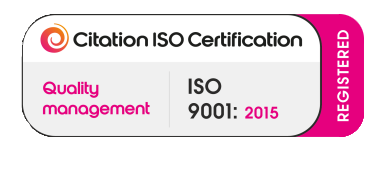
Camping Power Bank Specifications Explained: Capacity, Charging Speed & Outdoor Durability
Share
Camping Power Bank Specifications: mAh, Charging Speed & Rugged Durability
A camping power bank is more than a backup battery—it’s an essential tool when you’re off-grid. Whether you’re hiking, backpacking, or setting up camp in remote areas, a reliable outdoor power bank ensures your devices stay charged for safety and comfort. The right choice balances mAh capacity, watts and voltage, and rugged durability with portability. This guide explains the specifications that matter most so you can pick a model that fits your next adventure.
Key Camping Power Bank Specifications to Understand in 2025
Choosing a power bank for outdoor use requires looking beyond just price. Capacity, output power, durability, and charging technology all determine how well it will perform in rugged conditions.
What Does mAh Capacity Mean for Camping Power Banks?
The term mAh (milliampere-hour) measures a power bank’s energy storage. A higher mAh rating equals more charges for your devices:
- A 20,000 mAh power bank typically recharges a modern smartphone 3–4 times.
- Larger capacities (30,000 mAh+) are ideal for extended expeditions or powering multiple devices.
Keep in mind: higher capacity often means more weight. For lightweight trips, 10,000–15,000 mAh may be sufficient for essentials like headlamps and phones.
How Watts and Voltage Affect Charging Speed and Compatibility
- Watts = charging speed.
- Voltage = the electrical potential supplied.
For camping use:
- Smartphones usually work with 10W (5V/2A).
- Tablets and laptops often need higher wattage with USB-C Power Delivery (PD).
Look for adaptive charging technology, which adjusts automatically to prevent overheating and optimise efficiency.
Why Charging Cycles Matter for Battery Longevity
Every battery has a limited number of full charge-and-discharge cycles. A power bank rated for 500+ cycles will last years if managed properly. Modern models often include smart battery management systems that reduce wear and extend life.
Weight and Size Considerations for Backpacking
When every gram matters, portability is key. Lightweight, compact designs are easier to carry but usually store less energy. Advanced lithium technology now offers high capacity in slimmer builds, striking a balance between power and packability.
Ports and Connectivity Features to Look For
The ports define which devices you can charge and how quickly:
- USB-C PD – fastest, most versatile, supports modern phones and laptops.
- USB-A – standard port for legacy devices.
- Micro-USB – still used in some budget gadgets.
A good camping power bank should allow simultaneous charging of multiple devices.
How Fast Charging Technology Helps Outdoors
Features like Quick Charge or Power Delivery cut charging time by boosting output safely. This is particularly useful in emergencies or when daylight is short on the trail.
Is Wireless Charging Useful When Camping?
Wireless charging is convenient around camp but less reliable on rugged terrain. Wired USB-C is faster and more efficient, though having both options gives you flexibility.
Durability and Weather Resistance
Outdoor conditions are harsh. Look for:
- IP67 or IP68 ratings for dustproof and waterproof protection.
- Rugged casings that withstand drops and shocks.
- Temperature range performance (ideally −10°C to 45°C).
These specifications ensure your power bank keeps working even in rain, snow, or heat.
How to Choose the Right Camping Power Bank
1. Match capacity (mAh) to your trip length.
- Short trips: 10,000–15,000 mAh.
- Multi-day hikes: 20,000 mAh or more.
2. Prioritise durability and IP rating.
- At least IP67 for reliable outdoor performance.
3. Balance weight with functionality.
- Heavier units are fine for car camping, while backpackers should go lightweight.
4. Check charging features.
- Multiple ports, fast charging, and smart power management add real value.
5. Consider extras.
- Integrated flashlights, SOS signals, or solar charging panels can be lifesavers.
Why the RUGD Power Brick I is Ideal for Outdoor Use
The RUGD Power Brick I is designed specifically for adventurers:
- Rugged build: IP67 water and dust resistant, shockproof casing.
- Power + light: 10,050 mAh capacity with a 1,300-lumen LED light and SOS mode.
- Fast charging: USB-C PD + Quick Charge support.
- Portability: Lightweight (280g) with a built-in carabiner for easy packing.
👉 Check out the RUGD Power Brick I product page to see full specs and customer reviews.
Frequently Asked Questions About Camping Power Banks
What mAh power bank is best for camping?
At least 20,000 mAh is recommended for multi-day trips, ensuring multiple charges for essential devices like phones, GPS, and flashlights.
How long does a camping power bank last on a single charge?
A 20,000 mAh unit usually delivers 3–4 smartphone charges. Duration depends on your device usage and efficiency features.
Are camping power banks waterproof?
Models with IP67 or IP68 ratings can handle rain, splashes, and even brief immersion in water. Always verify the manufacturer’s specifications.
Which ports should I look for in a power bank?
Prioritise USB-C PD for fast universal charging, while USB-A remains useful for legacy gear. Multiple ports let you charge several devices at once.
Can I take a camping power bank on a plane?
Yes. Most airlines allow banks under 100Wh in carry-on baggage. Always check the airline’s specific policy.
Final Word
A reliable camping power bank ensures your devices stay functional, whether you’re navigating trails, setting up camp, or handling emergencies. By considering mAh capacity, charging speed, durability, and connectivity, you can invest in a model that keeps you powered up on every outdoor adventure.
For more rugged gear built for off-grid travel, explore the full RUGD Outdoor Tech Collection.

